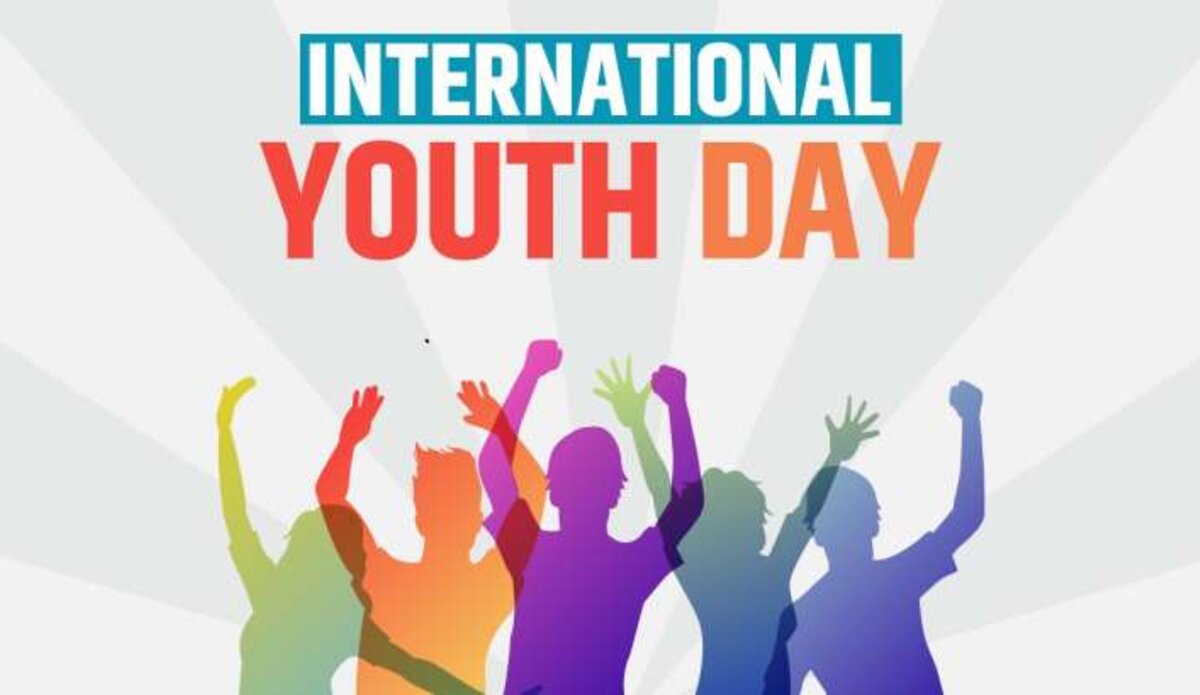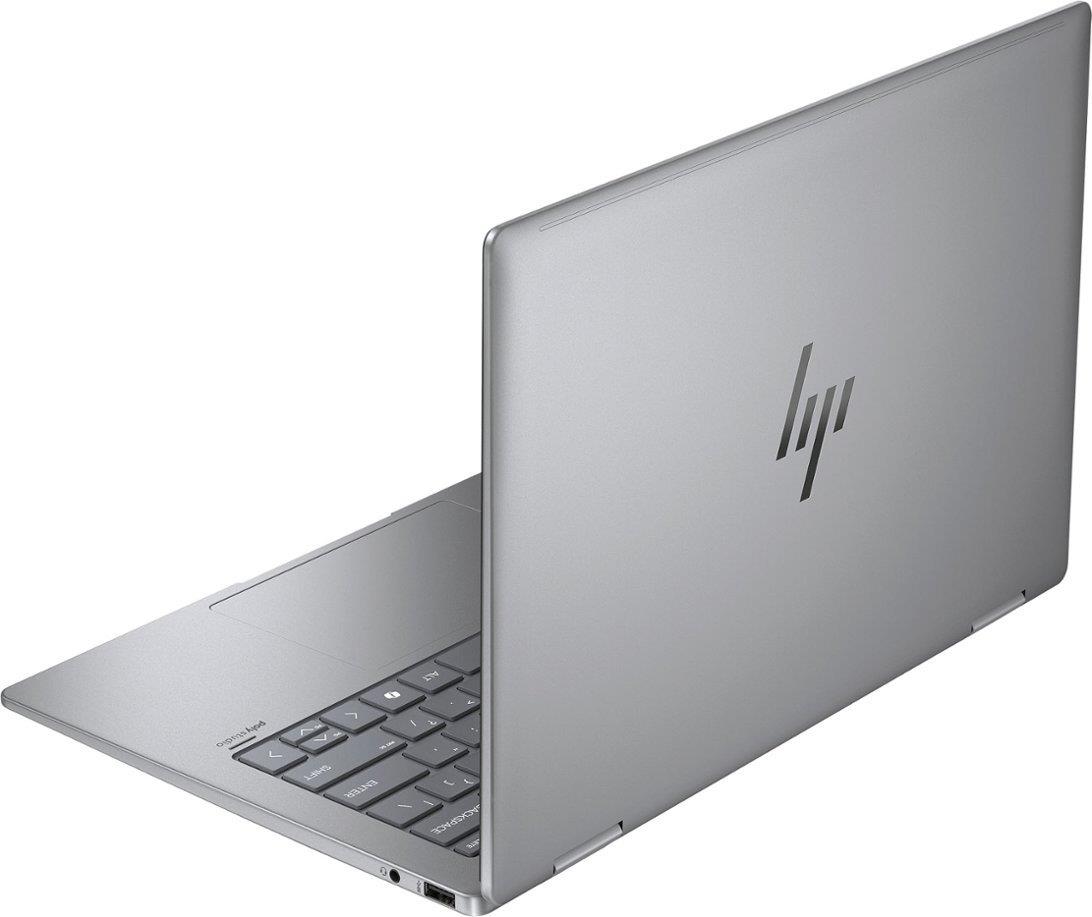Youth Day is more than a date on the calendar—it’s a profound reminder of the courage, pain, and sacrifice of young people who challenged oppression. Celebrated annually on June 16 in South Africa, Youth Day commemorates the 1976 Soweto Uprising, where thousands of students stood up against an unjust education system—and many paid with their lives.
Beneath the surface of remembrance lies a story of resistance, systemic inequality, and a youth-driven movement that shocked the world. The origins and consequences of Youth Day reveal uncomfortable truths about the past—and offer urgent lessons for today.
In this article, we dive deep into the shocking realities behind Youth Day, uncovering the bravery of the youth, the brutality they faced, and why this commemoration continues to matter.
The Origins of Youth Day: A Nation in Crisis
The roots of Youth Day stretch back to apartheid-era South Africa—a time when systemic racial segregation controlled every aspect of life. One of the most egregious policies was Bantu Education, which deliberately denied black South African students equal access to quality education.
In 1974, the government mandated Afrikaans alongside English as a compulsory medium of instruction in schools for black learners. This decision was met with outrage. Afrikaans was seen as the “language of the oppressor,” and many students and teachers could not effectively speak or teach in it.
The final spark came on June 16, 1976, when more than 20,000 students in Soweto took to the streets in peaceful protest. Dressed in school uniforms, they sang freedom songs and held handwritten signs. What began as a march for educational justice quickly turned into a bloody massacre.
The Brutality of the Uprising: What Really Happened
As students marched peacefully, South African police responded with brutal force. Tear gas was fired into the crowds, and shortly after, live ammunition. The first child killed was 13-year-old Hector Pieterson, whose lifeless body being carried by a fellow student was captured in an iconic photograph that shocked the world.
Hundreds more were injured or killed in the days that followed, though the true death toll remains disputed. The government reported around 176 deaths, while other estimates put the number closer to 700. Thousands of youth were detained, beaten, and tortured.
The shocking violence of Youth Day exposed the cruelty of the apartheid regime and galvanized international condemnation. Images of children shot for protesting injustice awakened the global community and intensified calls for sanctions and reform.
Youth as Catalysts for Change
The events of Youth Day ignited more than international outrage—it sparked a new era of youth activism within South Africa. Students became symbols of resistance and essential voices in the broader anti-apartheid movement.
The Soweto Uprising was not an isolated event but the beginning of widespread youth-driven rebellion. Over the years, the youth formed underground networks, organized mass boycotts, and joined political organizations like the African National Congress (ANC) and the Pan Africanist Congress (PAC).
Despite crackdowns and persecution, young people refused to be silenced. Their bravery was not just symbolic; it was instrumental in weakening apartheid’s grip and laying the groundwork for democracy.
The Role of Women in the Movement
While male students often dominate headlines, the role of young women during Youth Day and the broader uprising is equally significant. Girls took part in protests, organized meetings, distributed pamphlets, and, in many cases, also became casualties of police violence.
Young women like Tsietsi Mashinini’s sister, Mpho Mashinini, were instrumental in logistics and communication. Many were arrested, detained without trial, and subjected to abuse. The courage of these young women continues to inspire gender equality advocates today.
Youth Day Today: Commemoration and Challenges
Every June 16, South Africa pauses to reflect on the sacrifices of the youth of 1976. Memorials are held, documentaries aired, and discussions reignited about the state of youth empowerment in the country.
But Youth Day is not just about looking back. It’s a call to action—a challenge to ensure that the ideals those students fought for are realized. Sadly, many of the issues that sparked the 1976 protests still exist today.
South Africa continues to struggle with:
- Inequality in education
- Youth unemployment
- Limited access to quality healthcare
- High rates of gender-based violence
While political freedom has been achieved, social and economic liberation remain ongoing battles. The memory of Youth Day urges every generation to keep fighting for dignity, opportunity, and justice.
Global Impact of the Soweto Uprising
The shockwaves from Youth Day reached far beyond South Africa. News outlets worldwide shared the horrific images and stories, leading to global protests, boycotts, and increased pressure on the apartheid government.
Celebrities, musicians, and politicians spoke out, while students around the world held solidarity marches. The international community imposed sanctions and trade restrictions that would eventually contribute to the collapse of apartheid.
Youth Day reminds us that local actions can have global consequences—and that youth-led movements can shift history.
Why Youth Day Still Matters
Decades later, Youth Day is more than a memorial. It remains a powerful reminder of youth agency and the costs of justice. In today’s world, where young people continue to fight for climate action, racial equality, education reform, and political freedom, the legacy of June 16 still resonates.
The youth of 1976 teach us that:
- Courage begins with conviction
- Resistance is necessary in the face of oppression
- Young voices can disrupt injustice and demand change
By honoring Youth Day, we keep their spirit alive—not as a relic of the past but as fuel for the present and future.
How to Engage Meaningfully with Youth Day
Commemorating Youth Day should go beyond ceremony. Here are meaningful ways to engage:
- Educate Yourself and Others: Learn about the true events of June 16 and the broader anti-apartheid movement.
- Support Youth Empowerment Programs: Invest time, money, or resources in education, mentorship, and skills development.
- Listen to Today’s Youth: Provide platforms for young people to voice their challenges and solutions.
- Hold Leaders Accountable: Ensure government policies reflect the needs and priorities of young citizens.
Conclusion: Honoring the Past, Empowering the Future
Youth Day is a powerful chapter in South Africa’s journey toward justice. It is a story of young people who, in the face of armed power, chose resistance over silence. It is also a warning—that freedom, once won, must be protected, nurtured, and extended to every citizen.
Let the shocking truths behind Youth Day awaken in all of us a responsibility: to never forget, to educate with honesty, and to empower the next generation with the tools they need to lead.
In remembering the fallen, we must honor them with action. Let June 16 not only commemorate their courage—but inspire ours. Explore our homepage now to stay ahead in the digital world.
FAQs
Q1: What is the purpose of Youth Day in South Africa?
Youth Day commemorates the 1976 Soweto Uprising, where thousands of students protested against the forced use of Afrikaans in schools. It honors the young lives lost and their role in fighting apartheid.
Q2: Why is Youth Day still important today?
Youth Day remains important as it reminds society of the sacrifices made for education and freedom. It also highlights current challenges facing South African youth, such as inequality, unemployment, and lack of access to quality education.
Q3: How is Youth Day celebrated in South Africa?
Youth Day is marked by memorial services, public events, speeches, and educational programs. Schools and communities reflect on youth empowerment and the legacy of the 1976 generation.











Leave a Reply